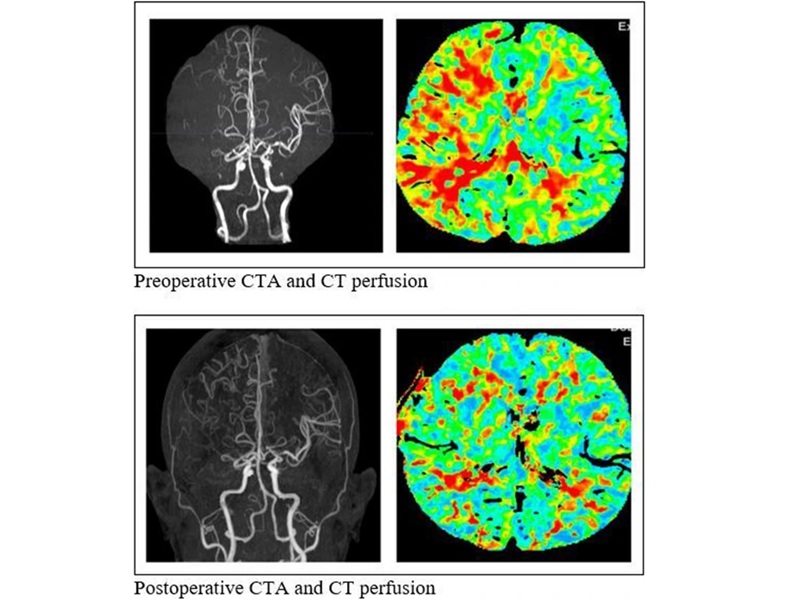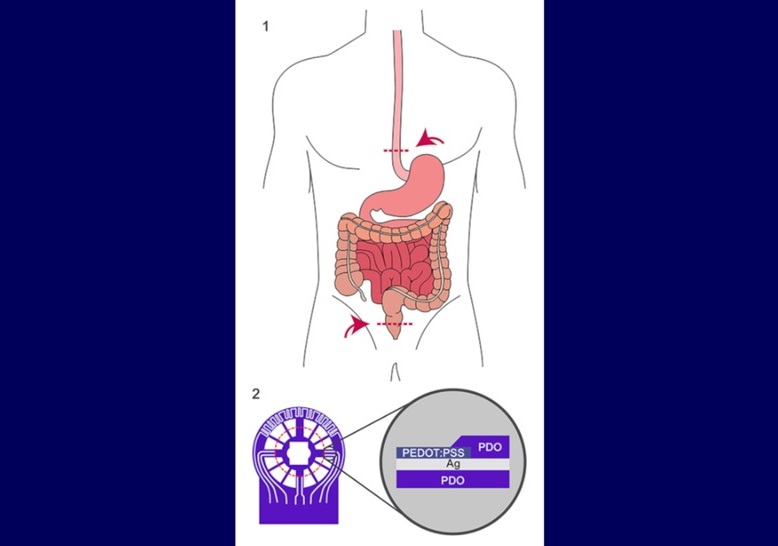Link Discovered Between Anesthesia Exposure and Learning Disabilities in Children
|
By HospiMedica International staff writers Posted on 09 Apr 2009 |
Children who require multiple surgeries under general anesthesia (GA) during their first three years of life are at higher risk of developing reading, written language, and math learning disabilities (LD) later on in life, claims a new study.
Researchers at the Mayo Clinic (Rochester, MN, USA) conducted a population-based, retrospective birth cohort study by examining the educational and medical records of all children born to mothers residing in five townships of Olmsted County (MN, USA), from 1976 to 1982, and who remained in the community at 5 years of age. Hazard ratios were calculated for anesthetic exposure as a predictor of LD, adjusting for gestational age at birth, sex, and birth weight. The children in the study were tested as a natural part of the educational process in the Rochester school system.
The researchers found that 593 of the children received GA before age four; the GA chemicals in use during the study period were primarily halothane and nitrous oxide (NO2, "laughing gas"). Compared with those not receiving anesthesia, a single exposure to anesthesia was not associated with an increased risk of LD. However, children receiving two anesthetics or more anesthetics were at almost double the risk of being identified as having a learning disability before age 19; the risk also increased with longer cumulative duration of anesthesia exposure. The study was published in the April 2009 issue of Anesthesiology.
"The problem is that anyone who underwent an anesthetic also had surgery," said lead author anesthesiologist Robert Wilder, M.D., Ph.D. "It's unclear whether it's the anesthetic, the physiological stress of surgery, or perhaps the medical problems that made surgery necessary that are responsible for the learning disabilities."
"It's very important for parents and families to understand that although we see a clear difference in the frequency of learning disabilities in children exposed to anesthesia, we don't know whether these differences are actually caused by anesthesia," said study coauthor anesthesiologist Randall Flick, M.D. "Parents and physicians need to balance this information along with the normal decisions that we all go through when we decide to have surgery for one of our children. Certainly, performing surgery without appropriate use of anesthesia is unacceptable."
Related Links:
Mayo Clinic
Researchers at the Mayo Clinic (Rochester, MN, USA) conducted a population-based, retrospective birth cohort study by examining the educational and medical records of all children born to mothers residing in five townships of Olmsted County (MN, USA), from 1976 to 1982, and who remained in the community at 5 years of age. Hazard ratios were calculated for anesthetic exposure as a predictor of LD, adjusting for gestational age at birth, sex, and birth weight. The children in the study were tested as a natural part of the educational process in the Rochester school system.
The researchers found that 593 of the children received GA before age four; the GA chemicals in use during the study period were primarily halothane and nitrous oxide (NO2, "laughing gas"). Compared with those not receiving anesthesia, a single exposure to anesthesia was not associated with an increased risk of LD. However, children receiving two anesthetics or more anesthetics were at almost double the risk of being identified as having a learning disability before age 19; the risk also increased with longer cumulative duration of anesthesia exposure. The study was published in the April 2009 issue of Anesthesiology.
"The problem is that anyone who underwent an anesthetic also had surgery," said lead author anesthesiologist Robert Wilder, M.D., Ph.D. "It's unclear whether it's the anesthetic, the physiological stress of surgery, or perhaps the medical problems that made surgery necessary that are responsible for the learning disabilities."
"It's very important for parents and families to understand that although we see a clear difference in the frequency of learning disabilities in children exposed to anesthesia, we don't know whether these differences are actually caused by anesthesia," said study coauthor anesthesiologist Randall Flick, M.D. "Parents and physicians need to balance this information along with the normal decisions that we all go through when we decide to have surgery for one of our children. Certainly, performing surgery without appropriate use of anesthesia is unacceptable."
Related Links:
Mayo Clinic
Latest Critical Care News
- Remote Ventilate View Platform Enables Real-Time Monitoring of Patient-Ventilator Asynchrony
- Soft “Cyborg” Cardiac Patches Improve Stem Cell Heart Repair
- Soft Wearable System Offers Continuous Wireless Monitoring of Neonatal Health
- AI-Enhanced Wearables Could Transform Type 2 Diabetes and Prediabetes Care
- Breathable Electronic Skin Paves Way for Next-Generation Wearable Devices
- AI Transforming Colon Cancer Diagnosis
- Ventricular Assist Device Offers Long-Term Use in Children Waiting for Donor Heart
- Precision Approach Improves Immunotherapy Effectiveness for ICU Patients with Sepsis
- Soft Robots Could Donate Their Heart to Humans
- Bioadhesive Strategy Prevents Fibrosis Around Device Implants on Peripheral Nerves
- Miniature Non-Invasive Robotic Catheters to Improve Infertility Treatments
- Stick-On Patch Monitors Baby's Movements In Utero
- EEG-Based AI Technology Accurately Diagnoses Alzheimer’s and Dementia
- Robot Lymphatic System Paves Way for Self-Powered Wearables and Machines
- Focused Ultrasound Technique Successfully Treats Pediatric Brain Cancer
- Nasal Drops Fight Brain Tumors Noninvasively
Channels
Surgical Techniques
view channel
Simple Bypass Protocol Improves Outcomes in Chronic Cerebral Occlusion
Chronic cerebral arterial occlusion and moyamoya disease are major causes of ischemic stroke, particularly in regions where access to advanced diagnostic tools is limited. Assessing cerebral blood flow... Read more
Implantable Absorbable Sensor Detects Life-Threatening Complications After Intestinal Surgery
Intestinal anastomoses are among the riskiest procedures in abdominal surgery, with complications such as circulatory disorders or immune reactions often developing rapidly and unpredictably.... Read morePatient Care
view channel
Revolutionary Automatic IV-Line Flushing Device to Enhance Infusion Care
More than 80% of in-hospital patients receive intravenous (IV) therapy. Every dose of IV medicine delivered in a small volume (<250 mL) infusion bag should be followed by subsequent flushing to ensure... Read more
VR Training Tool Combats Contamination of Portable Medical Equipment
Healthcare-associated infections (HAIs) impact one in every 31 patients, cause nearly 100,000 deaths each year, and cost USD 28.4 billion in direct medical expenses. Notably, up to 75% of these infections... Read more
Portable Biosensor Platform to Reduce Hospital-Acquired Infections
Approximately 4 million patients in the European Union acquire healthcare-associated infections (HAIs) or nosocomial infections each year, with around 37,000 deaths directly resulting from these infections,... Read moreFirst-Of-Its-Kind Portable Germicidal Light Technology Disinfects High-Touch Clinical Surfaces in Seconds
Reducing healthcare-acquired infections (HAIs) remains a pressing issue within global healthcare systems. In the United States alone, 1.7 million patients contract HAIs annually, leading to approximately... Read moreHealth IT
view channel
EMR-Based Tool Predicts Graft Failure After Kidney Transplant
Kidney transplantation offers patients with end-stage kidney disease longer survival and better quality of life than dialysis, yet graft failure remains a major challenge. Although a successful transplant... Read more
Printable Molecule-Selective Nanoparticles Enable Mass Production of Wearable Biosensors
The future of medicine is likely to focus on the personalization of healthcare—understanding exactly what an individual requires and delivering the appropriate combination of nutrients, metabolites, and... Read moreBusiness
view channel
Philips and Masimo Partner to Advance Patient Monitoring Measurement Technologies
Royal Philips (Amsterdam, Netherlands) and Masimo (Irvine, California, USA) have renewed their multi-year strategic collaboration, combining Philips’ expertise in patient monitoring with Masimo’s noninvasive... Read more
B. Braun Acquires Digital Microsurgery Company True Digital Surgery
The high-end microsurgery market in neurosurgery, spine, and ENT is undergoing a significant transformation. Traditional analog microscopes are giving way to digital exoscopes, which provide improved visualization,... Read more
CMEF 2025 to Promote Holistic and High-Quality Development of Medical and Health Industry
The 92nd China International Medical Equipment Fair (CMEF 2025) Autumn Exhibition is scheduled to be held from September 26 to 29 at the China Import and Export Fair Complex (Canton Fair Complex) in Guangzhou.... Read more







.jpg)







